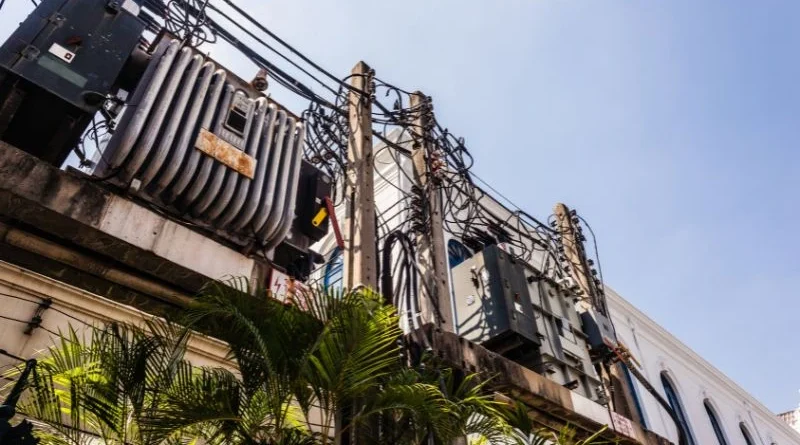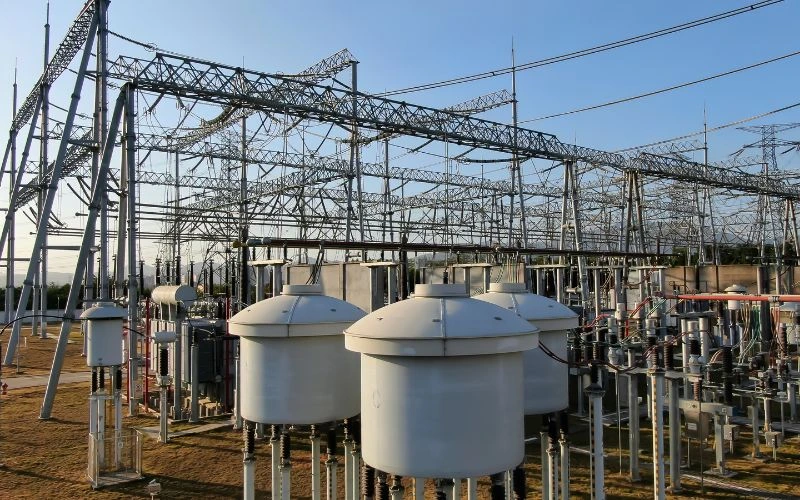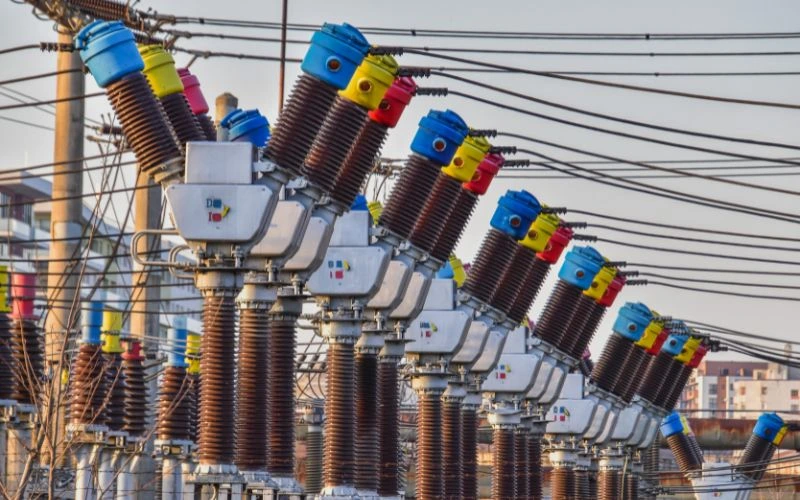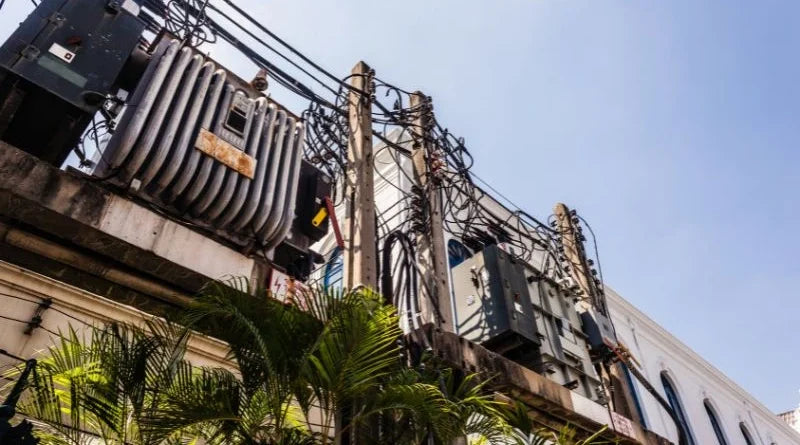
Transformers play an important role in our daily life. They work silently in the background to ensure smooth, uninterrupted power supply. One of the crucial aspects of transformer performance is voltage regulation. In this comprehensive guide, we delve into the world of transformer voltage regulation and examine the ins and outs, importance, and methods of achieving optimal voltage regulation.
Understanding Transformers
Before we get into voltage regulation, let's first understand the basics of transformers. Transformers are electrical devices that transfer electrical energy from one circuit to another through electromagnetic induction. They come in a variety of sizes and types, from small transformers for household appliances to huge units that power entire cities.
At its core, a transformer consists of two coils of wire, called primary and secondary windings, wound around a common iron core. The primary winding receives electrical energy while the secondary winding delivers it to the load. The most important principle of transformers is the relationship between voltage and the number of turns between the primary and secondary windings. This relationship determines the voltage conversion capacity of the transformer.
The importance of voltage regulation
tr 
Voltage regulation is a critical performance parameter for transformers as it directly affects the quality and reliability of the power supply. Refers to the ability of a transformer to maintain a relatively constant secondary voltage despite fluctuations in the primary voltage and connected load. Essentially, voltage regulation ensures that the voltage supplied to your devices remains within an acceptable range, preventing damage and ensuring proper operation.
Here are some important reasons why voltage regulation is of utmost importance:
Protection of electrical devices
Uncontrolled voltage fluctuations can cause devastating damage to electrical devices and systems. Overvoltage can lead to premature equipment failure and increased power consumption, while undervoltage can cause malfunctions or malfunctions. Proper voltage regulation protects your investment in electrical equipment.
Power supply consistency
Voltage regulation ensures that your home or business's power supply remains constant, reducing the risk of interruptions and downtime. This is particularly important for industries and institutions that depend on a stable energy supply.
Energy efficiency
Optimal voltage regulation can improve energy efficiency. Transformers with poor voltage regulation can result in wasted energy because they require more energy to compensate for voltage fluctuations. Maintaining a constant voltage level helps save energy and reduce electricity bills.
Achieve voltage regulation

Now that we understand why voltage regulation is so important, let's look at the methods used to achieve it:
On-Load Tap Changer (OLTC)
On-load tap-changers are devices used in transformers to adjust the turns ratio and thus the output voltage during transformer operation. They are designed to compensate for fluctuations in primary voltage and load. On-load tap-changers are a common choice for voltage regulation in distribution transformers.
Voltage regulator
Voltage regulators are special transformers that allow precise control of secondary voltage. They use servomechanisms, or electronic circuits, to continuously monitor and adjust the output voltage to keep it within a certain range. Voltage regulators are often used in critical applications where voltage stability is of utmost importance.
Autotransformers
Autotransformers are transformers with a single winding that serves as both the primary and secondary windings. They regulate voltage by connecting the load to several outlets along the winding. Autotransformers are cheaper than traditional transformers and are often used in applications where voltage regulation is required.
Factors Affecting Voltage Regulation

Achieving ideal voltage regulation in transformers is not a panacea. Voltage regulation performance in transformers can be influenced by several factors:
Load fluctuations
Transformers are subject to load fluctuations throughout the day. For example, the load on a distribution transformer may be significantly greater during peak hours than off-peak hours. Voltage regulation mechanisms must take these fluctuations into account and adjust the output voltage accordingly to maintain stability.
Primary voltage fluctuations
The primary voltage supplied to a transformer can fluctuate due to network overload, line losses, and voltage drops during transmission. Voltage regulation mechanisms must respond to these fluctuations to ensure a constant secondary voltage.
Temperature effects
Temperature can have a significant impact on the performance of transformers. The electrical resistance of the windings and the magnetic properties of the core also change with temperature. This temperature dependence can affect the voltage regulation of a transformer.
Conclusion
In summary, voltage regulation is crucial for the functioning of transformers, as it guarantees a stable and constant power supply to consumers. Understanding the factors that affect voltage regulation, as well as future challenges and trends in this area, is fundamental to maintaining the reliability and efficiency of electrical distribution systems. As technology advances, we can expect even more sophisticated and effective methods for achieving optimal voltage regulation in transformers.
Common questions
1. What is the ideal voltage regulation for a transformer?
Industry standards and specific application requirements often determine the ideal voltage regulation for a transformer. In general, a transformer with lower voltage regulation is considered better because it can maintain a more stable secondary voltage. However, the acceptable level of voltage regulation may vary depending on the application, with some applications requiring extremely tight regulation.
2. How do I know if my transformer needs voltage regulation?
You can determine if your transformer needs voltage regulation by monitoring the voltage at the transformer's secondary terminals over a period of time. If you notice significant voltage fluctuations outside of the desired range or if your electrical devices experience frequent problems due to voltage fluctuations, this may be a sign that voltage regulation is necessary.
3. Does improving voltage regulation bring energy efficiency benefits?
Yes, improved voltage regulation brings energy efficiency benefits. Transformers that operate with better voltage regulation tend to waste less energy. When voltage is maintained at the desired level, electrical devices operate more efficiently, reducing energy consumption and reducing electricity bills.

